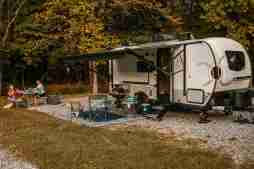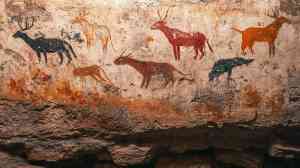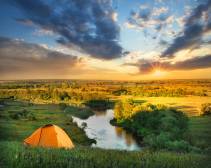The Impact of Protected Areas: National Parks and Wildlife Preservation

National parks play a crucial role in conserving biodiversity and protecting wildlife from the numerous threats they face today. By establishing protected areas, countries around the world aim to preserve natural habitats, support endangered species, and maintain ecological balance. This article explores how national parks contribute to wildlife protection and why their preservation is essential for environmental sustainability.
Understanding National Parks as Protected Areas
National parks are designated regions set aside by governments specifically for conservation purposes. These areas often encompass unique ecosystems that harbor diverse flora and fauna. Unlike other land uses, national parks prioritize habitat preservation over commercial exploitation, thereby providing safe havens where wildlife can thrive with minimal human interference.
Habitat Protection and Biodiversity Conservation
One of the primary roles of national parks is to protect critical habitats that many species depend on for survival. By safeguarding forests, wetlands, grasslands, and mountains within their boundaries, national parks help maintain biodiversity levels by offering intact ecosystems where plants and animals can coexist naturally. This protection also aids in preserving genetic diversity essential for species adaptation.
Supporting Endangered Species Recovery
National parks serve as refuges for numerous endangered or threatened species by reducing habitat destruction and limiting poaching activities within their borders. Many conservation programs operate inside these protected areas to monitor populations closely, implement breeding initiatives if necessary, and restore degraded environments to facilitate wildlife recovery efforts effectively.
Promoting Ecological Research and Education
These protected areas provide ideal locations for scientists to conduct ecological research crucial in understanding animal behavior, population dynamics, climate impacts on ecosystems, and more. Additionally, national parks offer educational opportunities that raise public awareness about the importance of wildlife conservation through guided tours, informational exhibits,and community outreach programs.
Balancing Tourism with Wildlife Protection
While tourism generates revenue vital for park maintenance and local economies,it must be managed sustainably to prevent negative impacts on wildlife habitats. Responsible eco-tourism practices implemented in many national parks ensure that visitor activities do not disturb sensitive species or damage their environments while fostering appreciation for nature conservation among tourists.
In conclusion,national parks are indispensable tools in global efforts toward wildlife protection.They preserve critical habitats,biodiversity,and endangered species while promoting research education,and sustainable tourism.By supporting these protected areas,we contribute meaningfully towards safeguarding our planet’s natural heritage for generations to come.
This text was generated using a large language model, and select text has been reviewed and moderated for purposes such as readability.











